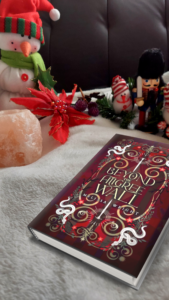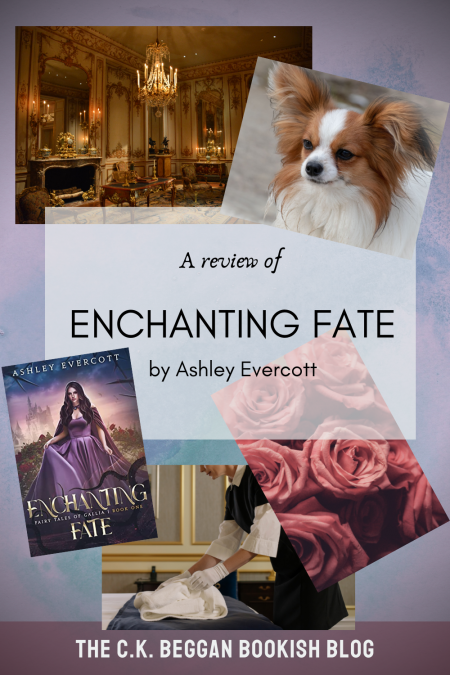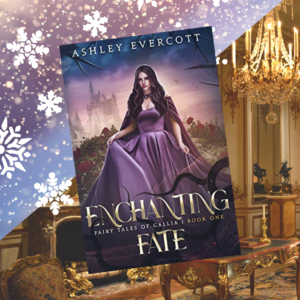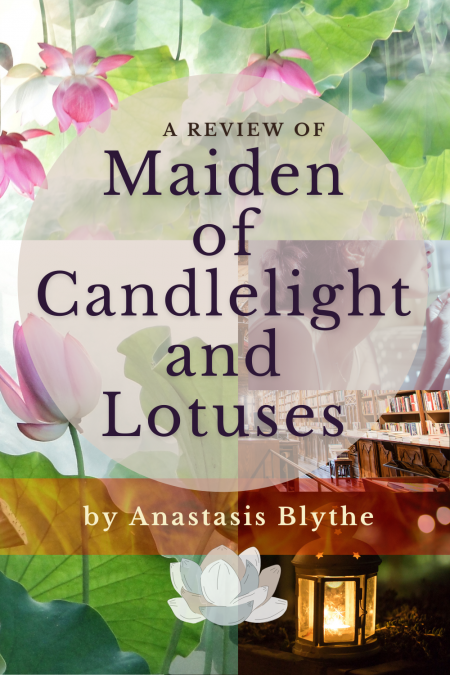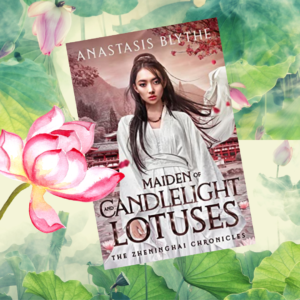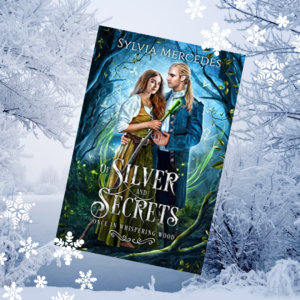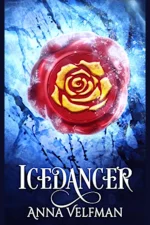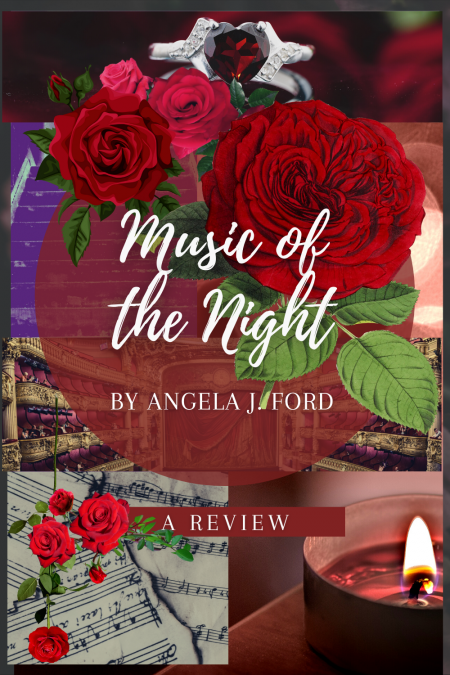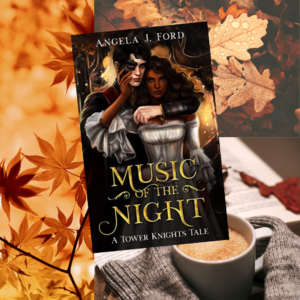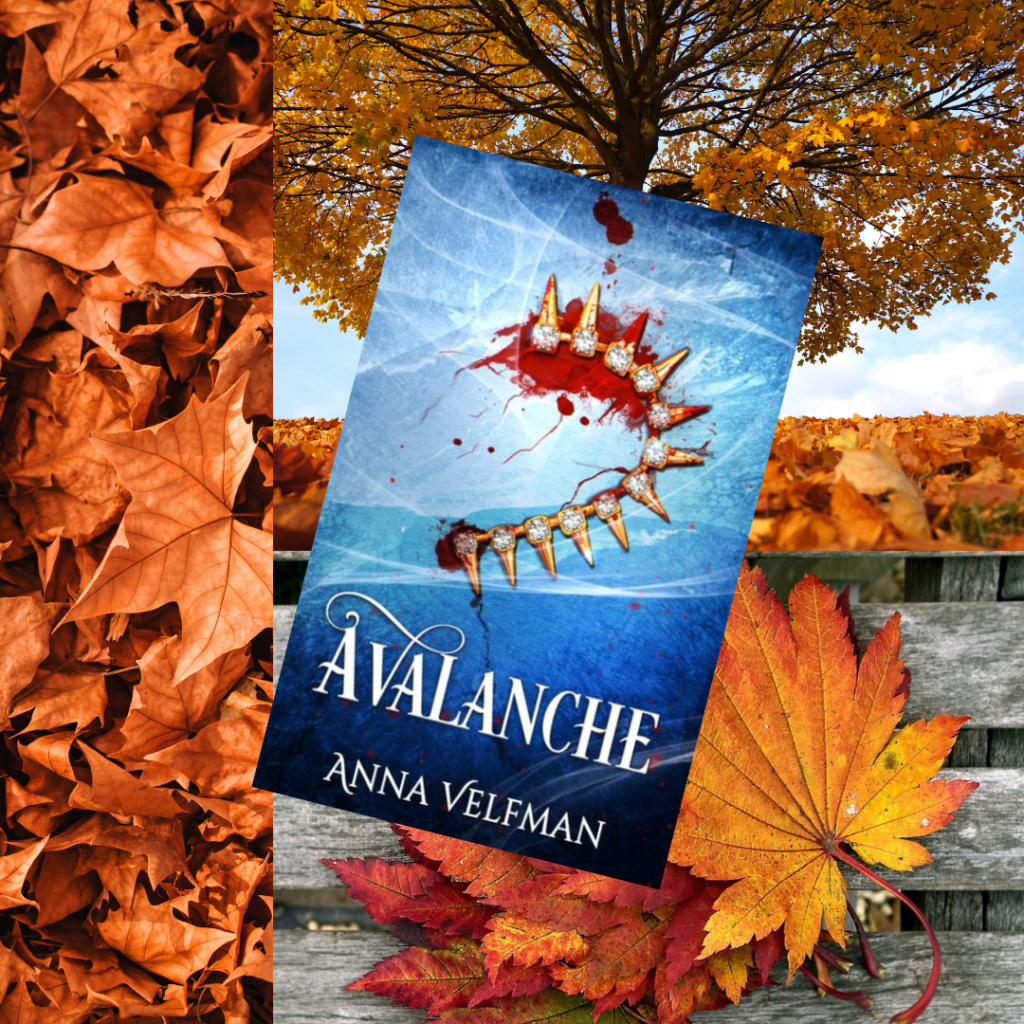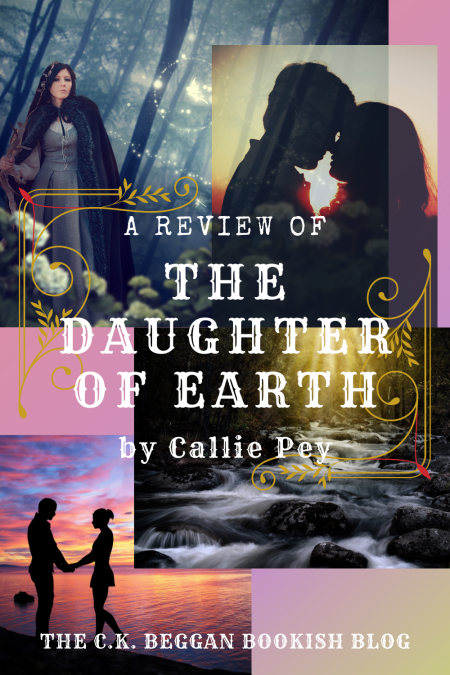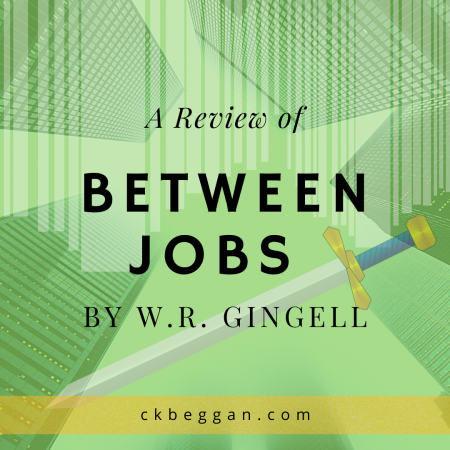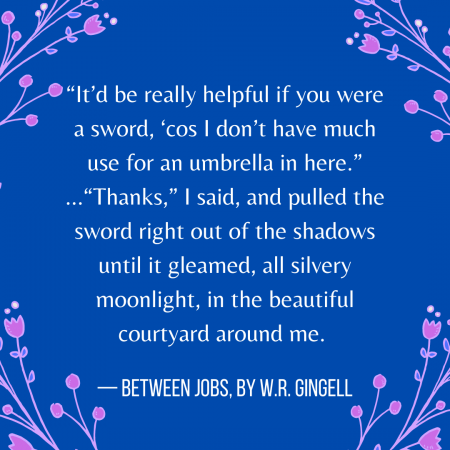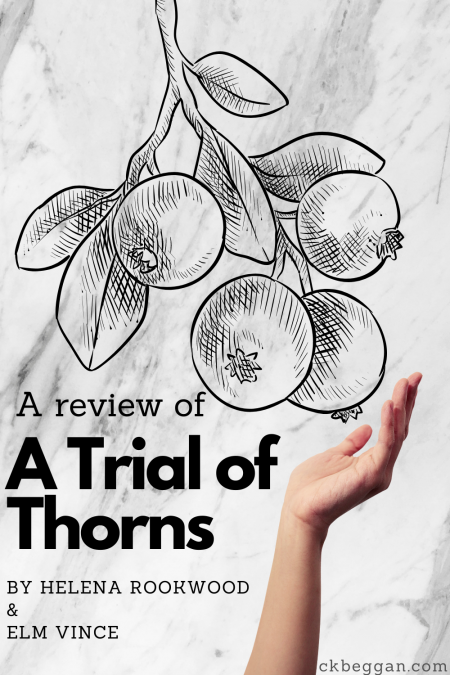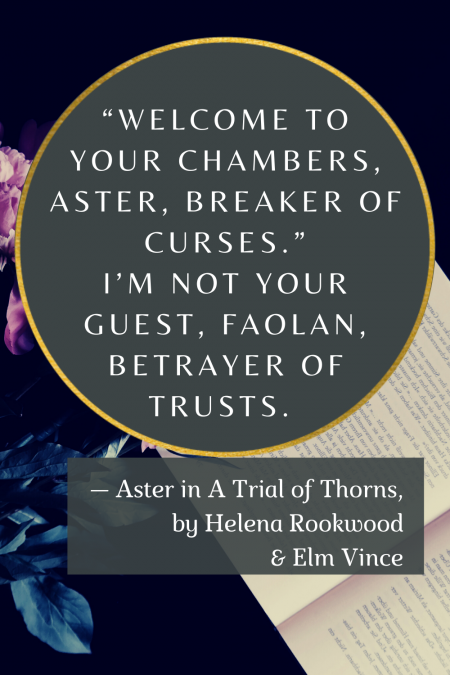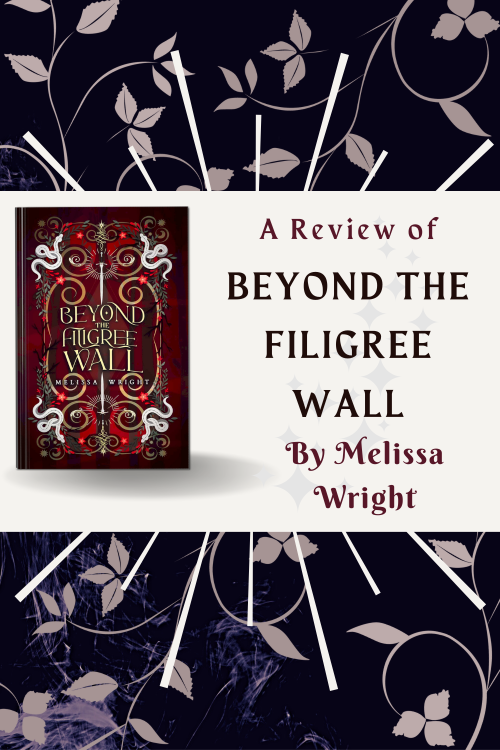
(Rivenwilde #1)
December 6, 2022
romantic fantasy, interconnected standalone series, fae fantasy, clean romantic fantasy
Note: I received an ARC and this is an honest, voluntary review
Beyond the Filigree Wall is a fast-paced story with a kick-butt heroine—except her only usable weapon is her wits. I really enjoyed this story and its world.
MC Etta is up against her father, the new chancellor Gideon (cue enemies to lovers tension!) and, on top of all that, the fae. But she can’t do anything about the fae until she becomes marshal, a position Etta’s trained most of her life for. Gideon has his doubts about her, however, and single-handedly derails her appointment by the Council.
The romance in Beyond the Filigree Wall develops steadily from a semi-forced proximity situation, with a dash of Pride and Prejudice. I liked that Etta starts as a formidable warrior, but the focus is on her mind, plus she has a bookish love interest. Though the ending was not perfectly tidy (and very complex), expect plenty of fae-worthy secrets, twists and tricks!
